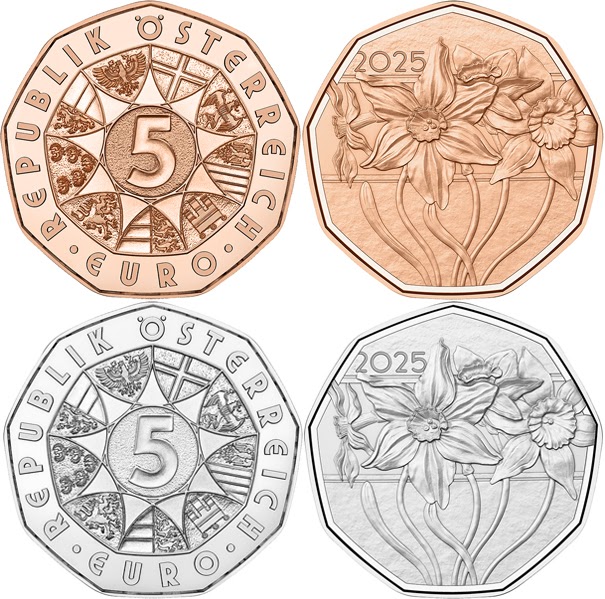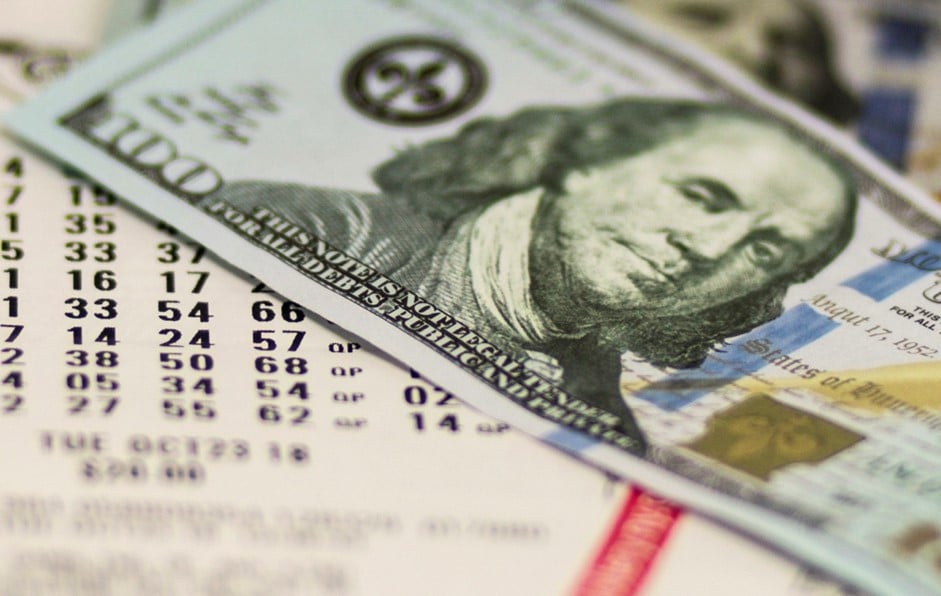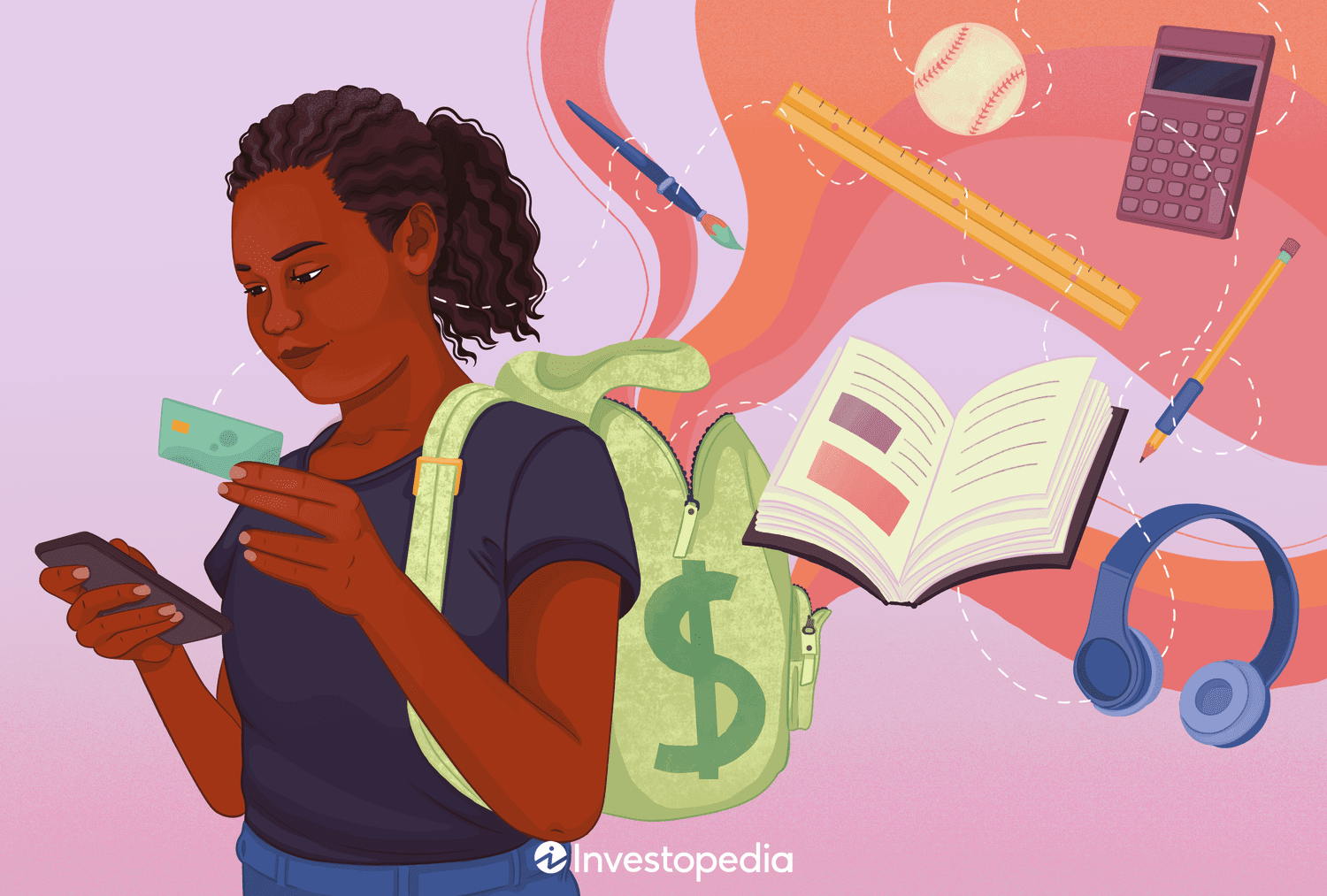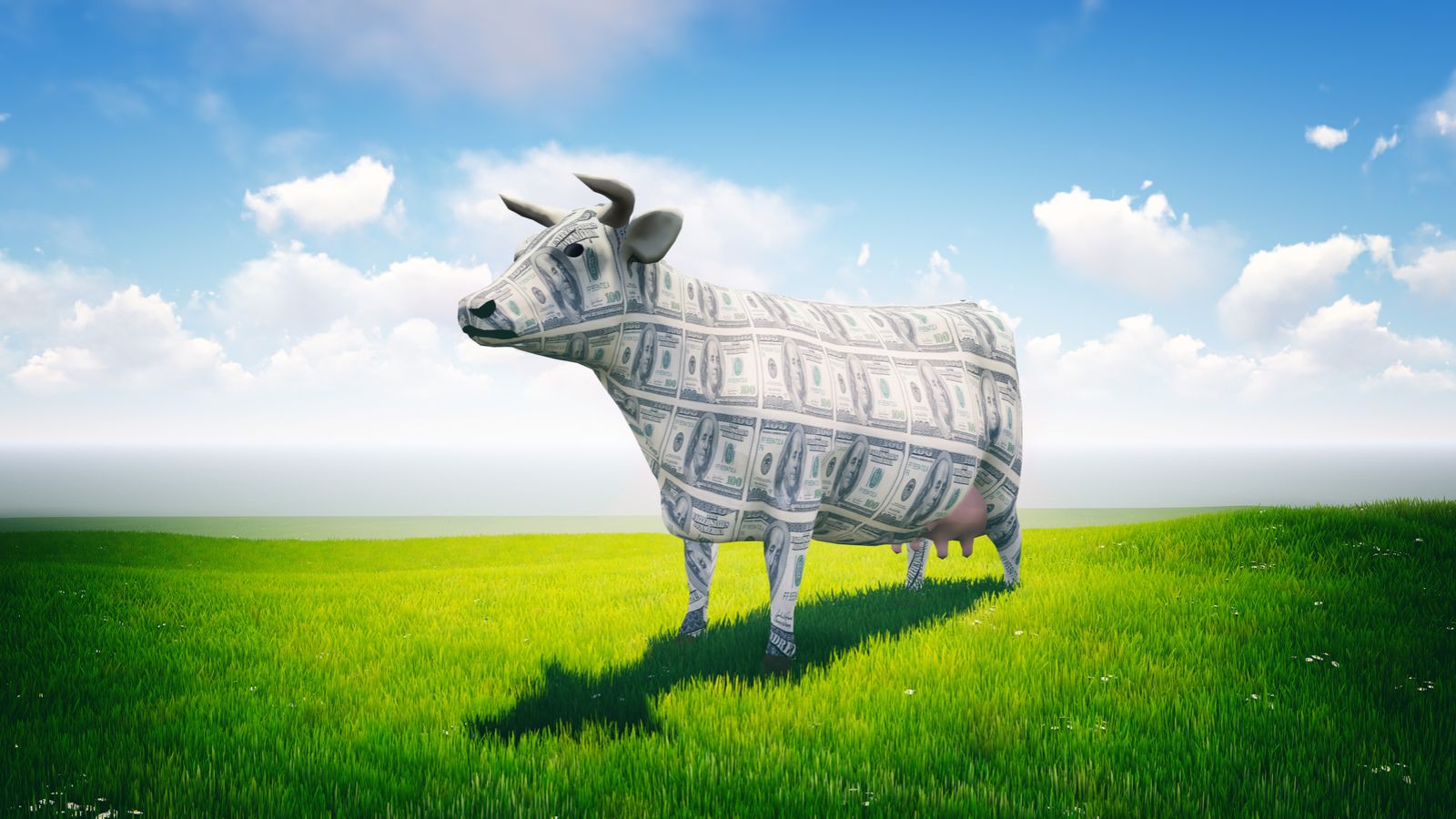Amid price discovery turmoil, the US dollar loses its crown – United States

Written by the Market Insights Team
A new regional trade war
Kevin Ford –FX & Macro Strategist
Most market participants were expecting a pause in tariffs for at least another month. However, following last weekend’s heated meeting with Ukraine’s leader, it seems President Trump couldn’t afford to adopt a softer stance. He made it unequivocally clear that there’s no room for America’s closest neighbors to negotiate their way out of these duties. This marked a shift from his typical transactional approach, igniting concerns across equity markets, which erased last Friday’s gains. A wave of risk-aversion swept through North American markets as investors grappled with the implications of a new regional trade war.
Interestingly, the USD/CAD’s reaction to Trump’s confirmation of 25% tariffs on Canada and Mexico and confirmation of Canada’s retaliatory tariffs has been notably subdued compared to a month ago. This could reflect tariff fatigue, the market’s preemptive pricing of the news, or an adaptation to the ever-evolving tariff landscape. However, the most compelling factor appears to be the shifting narrative around the US dollar. Recent soft macro data, fears of competitive devaluation, and potential policy missteps have weighed heavily on the greenback, softening its immediate impact on the Loonie. Yesterday, the US dollar DXY index dropped 0.9%, underscoring this trend. In the chaos of price discovery, the dollar’s dominance has waned, US rates are lower, Bitcoin has retreated from six-digit highs, and US stocks have shifted from leaders to laggards.
Over the past two weeks, the macro narrative has shifted dramatically. On February 12th, Fed Chair Jay Powell highlighted solid economic growth during his Congressional testimony. Yet, just two weeks later, the Atlanta Fed Nowcast slashed its Q1 GDP estimate from +2.9% to -1.5%, driven by trade disruptions as Americans rushed to import goods ahead of tariffs. Other factors—declining consumer confidence, weaker retail activity, and falling inflation expectations—have compounded the slowdown.
Adding to uncertainty, yesterday, the ISM manufacturing index slipped to 50.3 in February, missing expectations. Gains in supplier delivery times offset declines in new orders and employment, but without the supplier delivery boost, the index would have signaled contraction. While a US recession remains unlikely, the risks of a broader slowdown are steadily gaining traction.
For now, when it comes to this regional trade war, the key concern is duration. The longer tariffs remain in place, the more challenging it will be—particularly for Canada—to adjust its fiscal, monetary, and internal trade policies to this new economic reality.

USD: Macro weakness trumps tariff risks
Boris Kovacevic – Global Macro Strategist
Investors don’t like to fight an economic trend once it has established itself. That risk averse behavior is on display this week as investors continue to rotate from equities to bonds on every data miss we get. Mounting signs suggest that U.S. economic momentum is slowing. Last week’s data surprised to the downside, and the deterioration continued with the latest ISM PMI report. The manufacturing barometer rose less than expected in February, inching up from 50.9 to 50.3—barely signaling expansion. Meanwhile, the employment index slipped into negative territory, and price growth accelerated in anticipation of tariffs.
The impact: The Atlanta Fed’s Q1 GDP nowcast plunged from 2.3% just two days ago to -2.8%, a dramatic 5% downward swing. This shift underscores the transition from U.S. exceptionalism to rising stagflation risks. The dollar fell nearly 1%, erasing last week’s tariff-induced gains. So far, our Greenback thesis from a month ago has proven correct—we expected the U.S. dollar to be pulled between tariff hikes (supportive) and weakening macro data (detrimental). With tariffs seemingly better priced in than deteriorating data, EUR/USD and GBP/USD have responded asymmetrically in our favour.
However, FX investors cannot afford complacency regarding trade risks. President Trump dismissed any hope of further tariff delays on Canadian and Mexican goods, tweeting yesterday that negotiations were off the table. Equity benchmarks declined across the board as the dollar regained some stability, yet the tariff drama was insufficient to fully offset the macro-driven losses from yesterday’s session.

EUR: supported by European defence spending
George Vessey – Lead FX & Macro Strategist
It doesn’t bode well for Europe that US President Donald Trump followed through on his tariff threats against Mexico, Canada and China, promoting swift retaliation from the latter two. European equity future are down almost 1% this morning, reversing some of Monday’s defence-led rally as investors upped their bets that governments across the region will have to boost expenditure and shoulder more of the burden for their security. Will this really support Eurozone growth and curtail some of the ECB’s easing cycle though?
The main reason for the euro’s resilience of late has been the softer US economic backdrop, but the news of potential increases in Eurozone defence spending also appears to have lifted euro sentiment. EUR/USD rose back above $1.05 briefly, rebounding from a two-week low of $1.0360 touched on Friday. UK Prime Minister Keir Starmer said Britain and France will lead a “coalition of the willing” to draft a plan with Kyiv and allies to end the Russia-Ukraine war and ensure security guarantees for the US. Germany may play a key role in boosting defence spending, with reports suggesting new special funds of up to €900bn for defence and infrastructure spending. This spending and rising hopes of a peace deal in Ukraine supported the euro, trumping the tariff risk for now, but increased risk aversion across financial markets will likely limit the upside potential, and indeed we’ve seen EUR/USD slip back under $1.05 already this morning.
On the macro front, yesterday’s Eurozone inflation data revealed inflation fell for the first time in four months to 2.4%, underpinning ECB rate-setters’ hopes that the recent uptick in price pressures is proving temporary. The February figure was slightly worse than economists’ expectations 2.3%, however, two measures of underlying inflation also ticked down, such as services inflation, which came in at 3.7% from 3.9% – the lowest level since April 2024.

GBP: turning bullish versus dollar
George Vessey – Lead FX & Macro Strategist
Sterling catapulted above its 100-day moving average of $1.2620 yesterday, recording a daily gain of around 1% and hitting a fresh 2025 high of $1.2723. Such a move could lead to further gains towards the 200-day moving average at $1.2785 with short-dated implied volatility on the pound rising for a fifth straight day — the longest winning streak since late December.
We’ve recently been reporting whether the pound would exhibit it’s typical risk-averse behaviour in the wake of tariffs or whether it is safe haven of sorts as the UK is seen as less vulnerable to US tariffs due to the UK’s goods trade deficit with the US. Arguably, it’s neither in this case, as FX markets appear to be more concerned around the economic slowdown in the US alongside European leaders pushing forward with plans to boost defence spending and support Ukraine. Sterling also gained strength from expectations that UK interest rates will remain higher for longer. Bank of England Deputy Governor Ramsden highlighted that persistent wage pressures could keep inflation above target, though he noted future rate cuts may not be gradual. This outlook, combined with geopolitical developments, has boosted investor confidence in the pound for now.
There is certainly evidence of trade-sensitive currencies weakening with GBP/CAD rising to a new 7-year high and GBP/AUD scaling a new 5-year high, but the illiquid and risk-sensitive Swedish krona has been the top performer this week. The krona has emerged as a favoured currency, surging more than 2% versus the US dollar on Monday and GBP/SEK falling almost two standard deviations more than its average daily shift to the downside. Why? Because the Sweden’s military industry is seen as a major beneficiary of any funding increase with defence exports among the biggest of major economies as a share of GDP.

US dollar keeps losing ground against majors
Table: 7-day currency trends and trading ranges

Key global risk events
Calendar: March 03-07

All times are in ET
Have a question? [email protected]
*The FX rates published are provided by Convera’s Market Insights team for research purposes only. The rates have a unique source and may not align to any live exchange rates quoted on other sites. They are not an indication of actual buy/sell rates, or a financial offer.






















